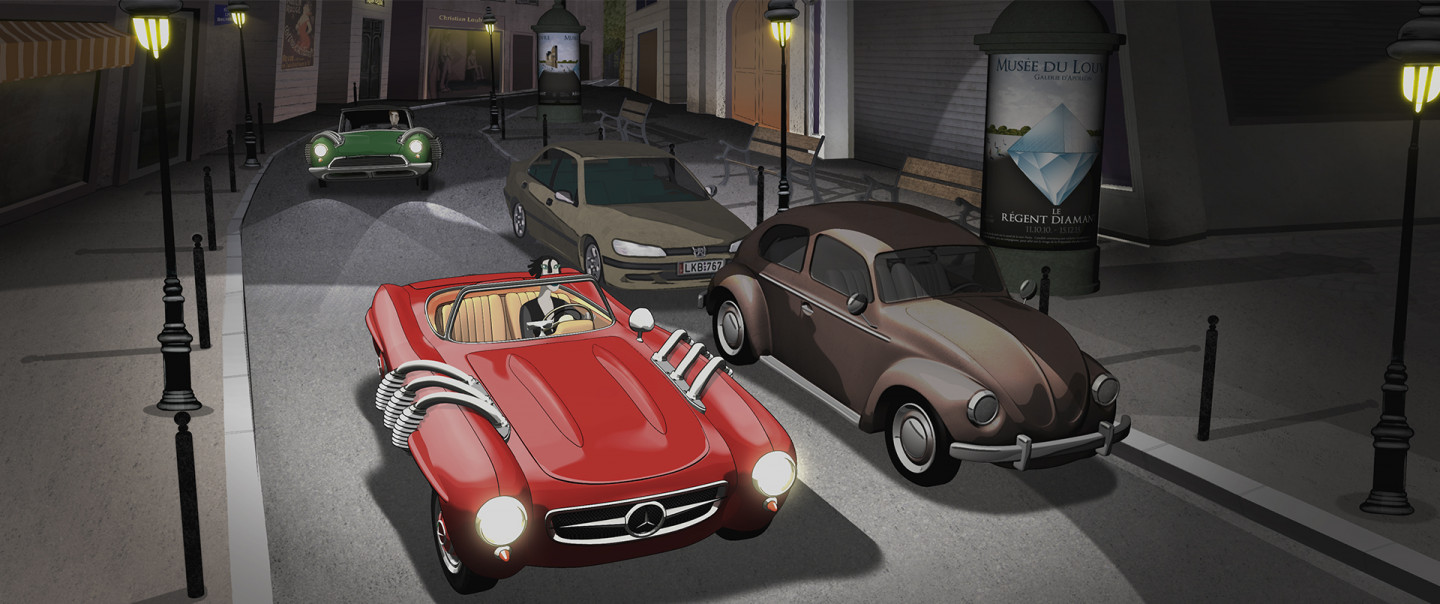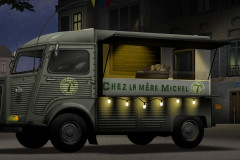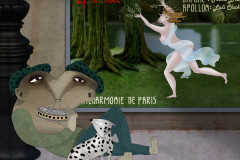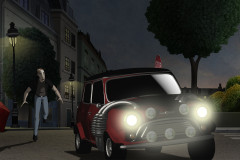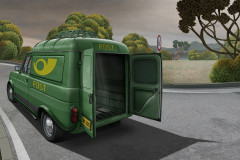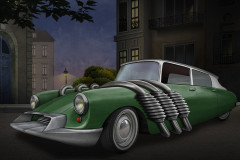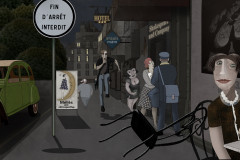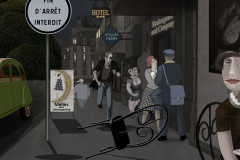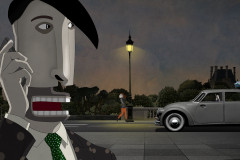Tudod, melyik a világ harmadik legnagyobb példányszámban eladott autómodellje? Meg fogsz lepődni: se nem Merci, se nem Toyota, hanem a Volkswagen Bogár. Hivatalosan VW Type 1-nek hívták, de ez sem változtat azon, hogy a huszadik század egyik legmulatságosabb külsejű kicsi kocsija volt. Arra találták ki, hogy a „nép autója” legyen (ezt jelenti a Volkswagen szó), és ez be is jött: összesen 21 és fél millió darabot értékesítettek belőle.
Az első Bogár 1938-ban mászott le a gyártósorról a német Volkswagen cég legelső autómodelljeként. De akkor még nem hívták Bogárnak. Bár feltehetően már 1938-ban így becézte a kocsit egy amerikai napilap („ezer és ezer csillogó kis bogár”), mégis csak az ötvenes években honosodott meg a becenév Beetle vagy Bug formában. Az USA-ban ugyanis akkoriban vált népszerűvé az eredetileg a náci Németországban megálmodott kocsi.
De ugorjunk vissza a 30-as évekbe, Németországba! A nemzetiszocialista jóléti program részeként olyan olcsó autó gyártását tűzték ki célul, amelyet sokan meg tudnak vásárolni. A kocsi tervezőjének Ferdinand Porschét szokás tartani, azonban a modell korábbi tervei egy magyar-osztrák tervezőhöz kötődnek: Barényi Bélához. Barényinak utólag sikerült is érvényesítenie a szerzői jogait sok éves pereskedés után, amelyben 1, azaz egy márkára perelte a Volkswagent. A Bogár kész terve és első prototípusai 1938-ra megvoltak, ekkor azonban kitört a háború. A wolfsburgi Volkswagen-üzem hadijárműveket készített, nem „csillogó kis bogarakat”. 1945 nyarán aztán beindult az új autó sorozatgyártása, amiből először a megszálló erőknek és a német postának jutott, majd a következő évtől már bárki megvásárolhatta a Käfert. A kétajtós kocsiba négy utas tudta begyömöszölni magát, és négyütemű, négyhengeres, léghűtéses, a farban elhelyezett motor repítette őket az álmaik felé.
Pár év múlva külföldön is ellepték az utakat a Bogarak. A német gazdasági csoda szimbóluma, a Volkswagen egyre nagyobb számban gyártotta és importálta; 1972-ben már a Ford T-modelljét is megelőzték eladási számban. De ezzel a Bogár el is ért a röppályája csúcsára, mert más, korszerűbb kisautók is megjelentek a piacon. A németországi gyártás 1978-ban be is fejeződött (ott volt helyette a Volkswagen Golf), Dél-Amerika viszont tovább folytatta. Az utolsó, kék színű Bogár 2003-ban készült el Mexikóban, és onnan ment is egyenesen a Volkswagen-múzeumba. Vagy a Vatikánba, a történet másik változata szerint.
Volkswagen Beetle (1938–2003)
Do you know which car model ranks as the third best-selling in the world? You might be surprised—it’s not a Mercedes or a Toyota, but the Volkswagen Beetle. Officially named the VW Type 1, it remains one of the 20th century’s most iconic and amusingly shaped little cars. It was designed to be the “people’s car” (Volkswagen literally means “people’s car” in German)—and it lived up to the name: over 21.5 million units were sold worldwide.
The first Beetle rolled off the production line in 1938 as Volkswagen’s very first model. But it wasn’t called “Beetle” yet. An American newspaper may have nicknamed it a “shiny little beetle” as early as 1938, but the name Beetle (or Bug) only became widely used in the U.S. in the 1950s, when the car—originally conceived in Nazi Germany—gained popularity across the Atlantic.
Let’s rewind to 1930s Germany: as part of the Nazi welfare program, the regime aimed to produce a cheap car that ordinary citizens could afford. Ferdinand Porsche is usually credited with the design, but earlier concepts can be traced to Béla Barényi, a Hungarian-Austrian engineer. After many years of legal battles, Barényi successfully claimed authorship and even symbolically sued Volkswagen for just one Deutschmark.
By 1938, the car’s final design and prototypes were complete—but then World War II broke out. The Volkswagen factory in Wolfsburg was repurposed to produce military vehicles, not “shiny little beetles.” Civilian production resumed in summer 1945, with the first batches going to occupying forces and the German postal service. From 1946 onward, the public could buy the Käfer. The two-door car could fit four passengers, powered by a rear-mounted, air-cooled, four-cylinder, four-stroke engine that promised to drive them toward their dreams.
Within a few years, Beetles were flooding roads across Europe and beyond. The car became a symbol of the German economic miracle, with Volkswagen ramping up exports. In 1972, the Beetle overtook the Ford Model T as the world’s best-selling car model at the time. But that marked its peak—newer, more modern compact cars entered the market, and production in Germany ceased in 1978, replaced by the Volkswagen Golf. In South America, however, the Beetle lived on. The final Beetle—a blue model—was produced in Mexico in 2003 and sent straight to the Volkswagen Museum… or to the Vatican, depending on which version of the story you believe.






